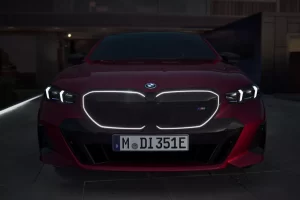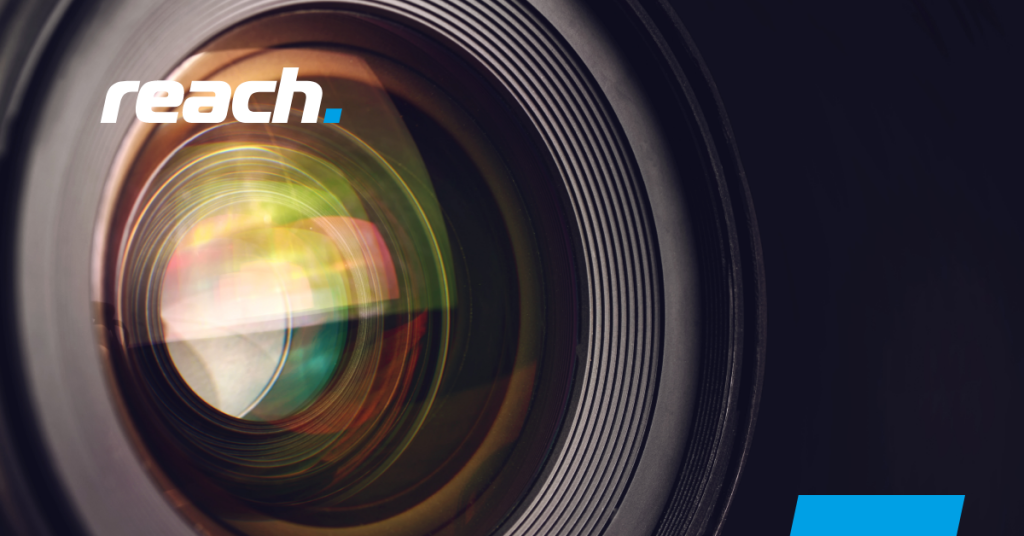
A picture is worth a thousand words. Whilst our friends in SEO might disagree with this statement, it certainly rings true across the rest of the marketing industry. Photography plays a pivotal role in shaping how we perceive products, brands, and experiences. From the tantalising images that entice us to indulge in delectable dishes to the sweeping vistas that spark our wanderlust, photography has the power to evoke emotions, tell stories, and capture the essence of a moment. In this blog post, we’ll delve into the diverse world of photography in marketing. We’ll explore how various types of photography, each with its unique focus and purpose, contribute to the visual narratives that drive consumer engagement and brand recognition.
Product photography
Product photography is an art that requires precision, creativity, and an eye for detail. Every industry will have different ideas on what makes a good photograph. From trying to get across the idea of how a juicy burger tastes to the intricate patterns on a luxury handbag, this type of photography is all about showcasing products in their best light. Whether it’s for e-commerce platforms, print brochures, or promotional materials, product photography has the power to make or break a consumer’s decision.
Food photography
Capturing food in a way that makes it irresistible requires a delicate balance between aesthetics and authenticity. Soft lighting, careful styling, and expert composition come together to create images that make viewers practically taste the flavours. The goal is to evoke sensory experiences, triggering cravings and driving customers to savour the real thing.
One business that has nailed food photography is Marks & Spencer. They use dark backgrounds to make the food stand out. They use props and food arrangement to evoke the sense of luxury (and Christmas, in the examples below). They even use action, such as in the case of the brie en croute below, to highlight multiple selling points at once. The brie is shown to be gooey and stretchy, as well as showing that the product is designed as a tear and share. Images allow you to show and not tell, which is key to selling food.



Consumers can be forgiving if a product doesn’t look exactly as it does in an advert, but take it too far and there can be backlash, such as in the recent example with Taco Bell, claiming to stuff their wraps full of ingredients, but providing an end product that barely resembled the photograph.
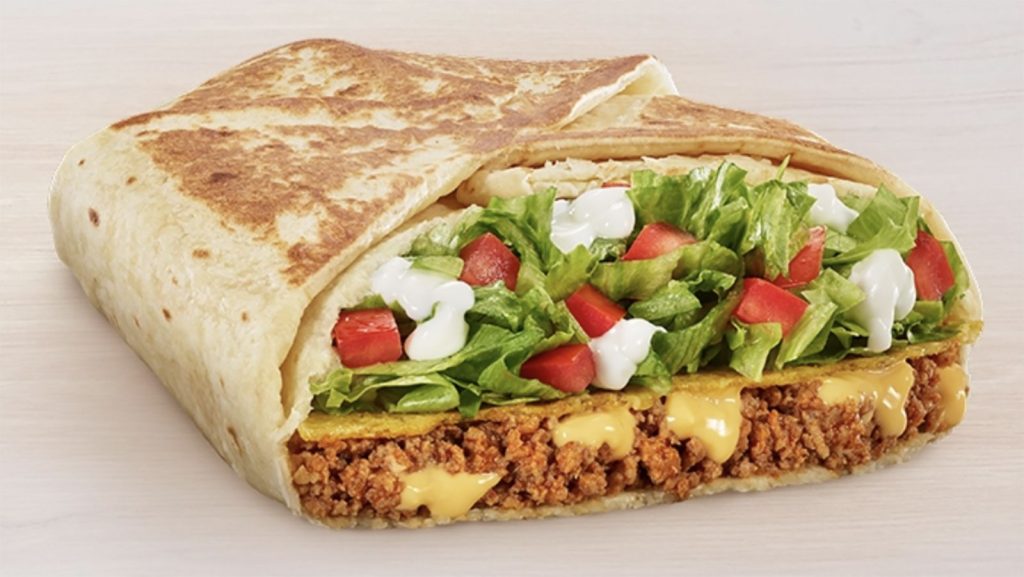

E-commerce Photography
E-commerce has revolutionised the way we shop, and photography plays a central role in this transformation. High-res images, often showcasing products from multiple angles, provide customers with a virtual experience akin to browsing in a physical store. The challenge lies in creating visuals that accurately represent the product and provide a seamless shopping experience.
To get the best results on e-commerce photography, the product should be positioned on a plain, bright backdrop, to make the product stand out as much as possible. In terms of lighting, studio lighting is ideal, as you want to have an even, balanced light across your products. However, on a budget, diffused natural lighting can also provide excellent results. This is, of course, assuming that you are aiming for standard e-commerce style photos. There are some cases where it may be better to show images in a more natural set up, such as a lawn mower on grass. Although it is heavily weather-dependent, photographing outside does allow for natural lighting and you have the option of waiting for golden hour for a softer light and less shadows.
Photography for Cars, Heavy Machinery, etc.
Photographing larger products, such as cars or industrial equipment, requires a different approach. These images need to convey scale, features, and craftsmanship, often in an environment that complements the product’s essence. Lighting, location, and perspective all contribute to creating images that showcase the product’s unique attributes.
Using a mix of wide shots to showcase the whole product and close up shots to show features and more intricate details, such as stitching on the upholstery, are vital to show the many facets of these products. This is especially true considering that the images will be majorly contributing towards people parting with thousands of pounds in each transaction.
Lifestyle photography
Lifestyle photography places viewers into a world where products can become a part of their lives. This type of photography goes beyond mere product representation; it tells a story and evokes emotions, making the brand relatable and desirable. This may be through showing the emotions of those consuming a product, showing the kind of person that would buy the product, or showing the product in action.


Corporate photography
Corporate photography is about capturing the human side of a business. It goes beyond headshots and boardroom snapshots, focusing on the people who drive a company’s success. These images showcase employees collaborating, engaging with clients, and embodying the company’s values, helping to build a trustworthy and relatable brand image.


This kind of photography is key for businesses that provide a service for other businesses, especially in a support role, or where there is a lot of communication required. People will generally prefer to work with people that look friendly and professional, rather than a faceless organisation. This type of photography can also be useful to help bring new talent into your business, for example, by showcasing employees at events on social media.
Of course, events come in many forms. While team building events and corporate away days are great for showing your employees having fun, you also have other opportunities. Expos and networking events are full of different businesses vying for attention. Getting pictures of your employees engaging in conversations at your booths and delivering seminars are a great way to show your expertise and friendliness, standing out from the crowd.
Travel & Tourism photography
Travel and tourism photography holds the power to ignite wanderlust and create dreams of exploration. These images transport viewers to far-off destinations, inviting them to imagine themselves amidst exotic landscapes, cultural experiences, and captivating adventures. Each photograph is a window into a world waiting to be explored.
Types of photography used here will include lifestyle photography, architectural photography to show the hotels and rooms, as well as landscape photography to show off stunning views.
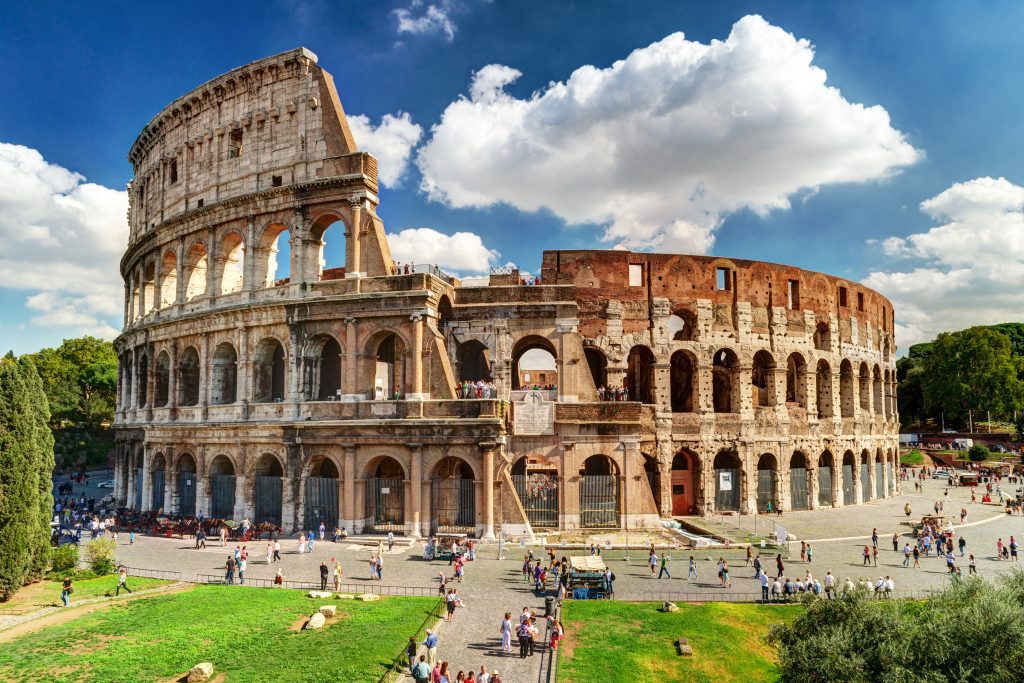
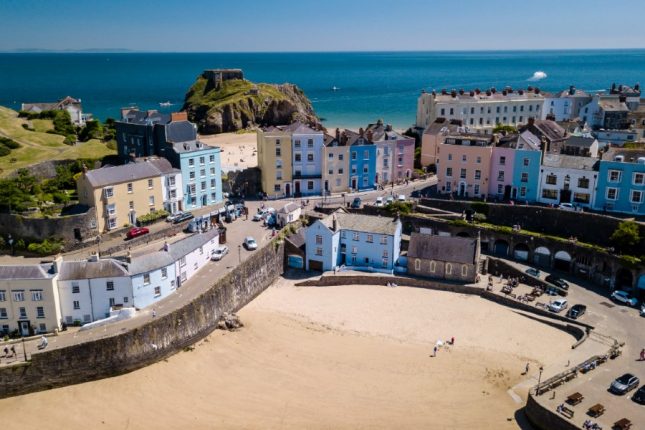
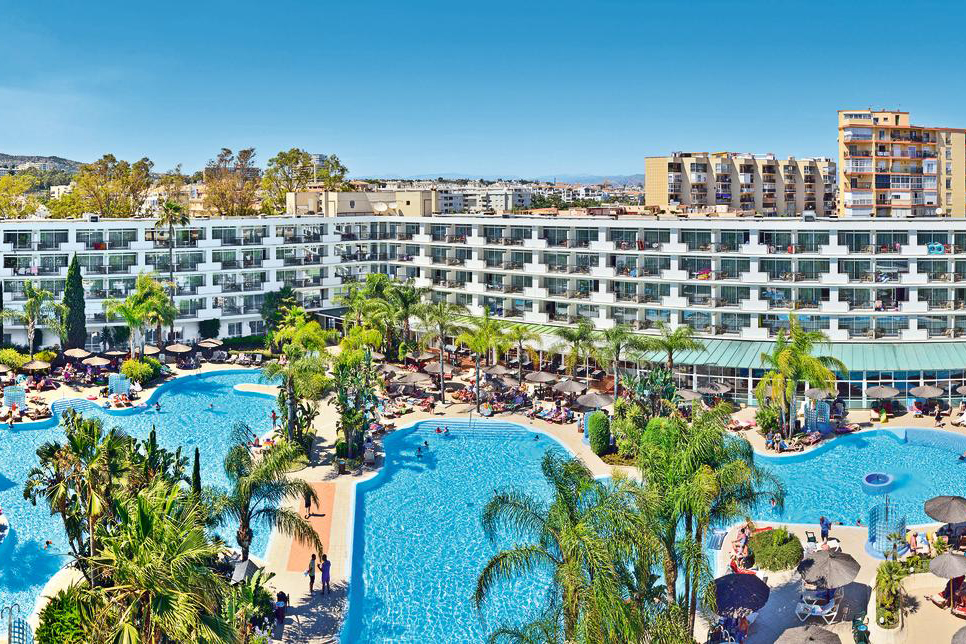
Aerial & Drone photography
Aerial and drone photography have revolutionised the way we view our surroundings. By taking to the skies, these technologies offer a fresh perspective on landscapes, cityscapes, and architecture. There are many industries that can make use of this type of photography including:
- Leisure & Tourism
- Golf courses
- City breaks
- Beaches
- Holiday parks & resorts
- Theme parks
- Stadiums
- Real Estate
- Industrial
- Sports brands
Reach Digital can produce drone video or photography as part of our video production packages. Find out more here.
Architectural and Interior photography
Architectural and interior photography is all about capturing spaces in their most flattering light. These images showcase the design, materials, and ambiance of structures, whether it’s a minimalist modern office or a rustic countryside inn.
One method used across the industry is using wide-angle lenses to make spaces look as big as possible. Coupling this with bright colours makes even small spaces look large and welcoming.
The advent of 360-degree photography has further elevated this field, offering viewers the ability to virtually explore and experience spaces as if they were there. This is great for the real estate industry, who can digitise house viewings, saving time and money in the long-run.
For more information on 360-degree photography, virtual tours and how Reach Digital can help, click here. We’d love to hear from you.
In the digital age, the power of photography in marketing cannot be understated. Whether it’s creating compelling narratives, invoking emotions, or simply showcasing a product in its finest light, photography remains an integral part of the modern marketing toolbox.
As we look forward to the future of marketing, one thing remains clear: the role of photography will continue to be paramount, ever-evolving in its art and technique. So, as you embark on your next marketing campaign or simply reflect on the ones gone by, remember the profound impact a single photograph can have. After all, in this visually-driven world, seeing truly is believing.

